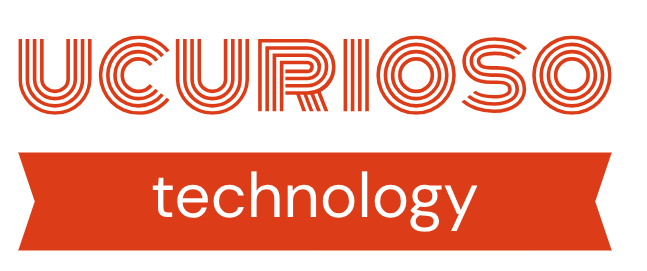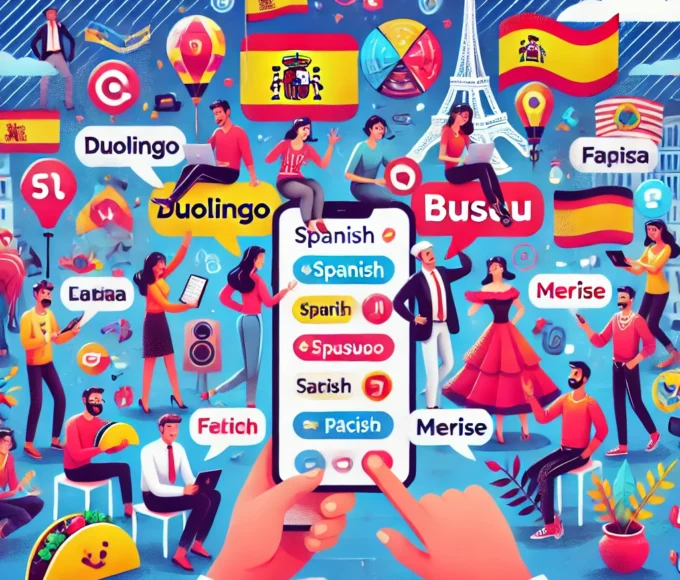In recent years, technology has changed almost every aspect of daily life, and plant identification is no exception. This craft, which used to be reserved for experienced botanists and beauty naturalists with extensive knowledge of flora, is now accessible to anyone with a smartphone. These plant identification apps and tools have become quite popular and allow any user to quickly find out the name and some interesting information about the plant by simply taking a photo of it with a smartphone camera.
In this article, we explore how this technology works, how it is used in everyday life, and the advantages and limitations of the approach.
How Do Plant Identification Apps Work?
Plant identification apps generally work by using artificial intelligence and neural networks to recognize visual patterns in photos taken of plants. These patterns can range from leaf shapes to colors, textures, and even flower details. The process continues when the user takes a photo of the plant using their phone’s camera, and the photo is then sent to a server to be compared against a massive database of known species. Within seconds, the identification app provides the user with a possible match in the form of a plant name, additional information, and more.
As neural networks evolve with each new photo submitted by users, they become more accurate and better at recognizing the plant they are challenged with. In regions with high biodiversity, so many plants can emerge that they can confuse even an expert.
Practical Applications
Identifying plants with your cell phone is not just a curiosity or an entertainment tool. Below are the various practical applications of the apps presented:
Environmental Education: For educators and students, these apps are valuable tools for interactive botany learning. For example, in an outdoor class, students can use their smartphones to identify plants in real time, making the lesson more engaging and engaging.
Gardening and Landscape Design: For amateur gardeners or professional landscapers, quickly identifying plants can be useful for selecting species that suit specific projects and providing information about each type.
Conservation: In conservation parks and biodiversity studies, rapid recognition capabilities are essential. Researchers and conservationists can use these apps not only to catalog species, but also to monitor the growth of invasive or rare plants and even engage the public in citizen science efforts.
Ecological Tourism: Tour guides and park users may find plant identification apps useful when navigating unfamiliar surroundings and learning more about the surrounding fauna.
Advantages of Plant Identification with Cell Phones
The main advantages of mobile plant identification include accessibility. Botanical knowledge that was previously only available in paper repositories or accessible from gyms is now available to smartphone users. This makes science more accessible and may even stimulate non-professional interest.
Convenience is another advantage. Users no longer need to carry around bulky field guides when they can now snap a photo with their phone and get instant identification. In addition, many apps include additional capabilities for searching identification history, compiling identified collections, and in some cases sharing with user communities.
Limitations and Challenges
Despite its many advantages, mobile plant identification has its limitations. First, the accuracy of identifications. AI algorithms are continually improving, but they can still make mistakes, especially with rare plants and growth stages where traits are not fully developed.
Second, the quality of the images. For the app to work, the photo must be clear and well-lit, which can be difficult in the field. Blurry or poorly framed images lead to false identifications.
Third, the need for an internet connection. Many applications rely on online databases, which can only be accessed with an active connection. This requires stable network coverage.
Finally, the communication and use of the data collected. Some users are concerned that the photos they see on the app will be stored and used for other purposes without their full consent. Therefore, it is important to read their privacy policies carefully.
Conclusion
Plant identification with mobile phones is a beautiful intersection between technology and nature. It makes it easier for the general public to learn about botany, as it is more accessible and convenient. It also has great opportunities in education, conservation, gardening, and tourism. However, like any new technology, it presents its own challenges.
As technology advances, these apps will likely become even more accurate and useful, opening up new ways to explore and understand the natural world. If you love nature but aren’t yet a botanist, this technology provides a window into learning and discovery—turning every walk outdoors into a learning opportunity.
Ultimately, mobile plant identification is more than just a tool; instead, it’s a way to reconnect people with the natural world, creating a greater love and understanding of the world around them. With the right technology and curiosity, we can all be flora explorers, seeing wonder in the plants we encounter.






